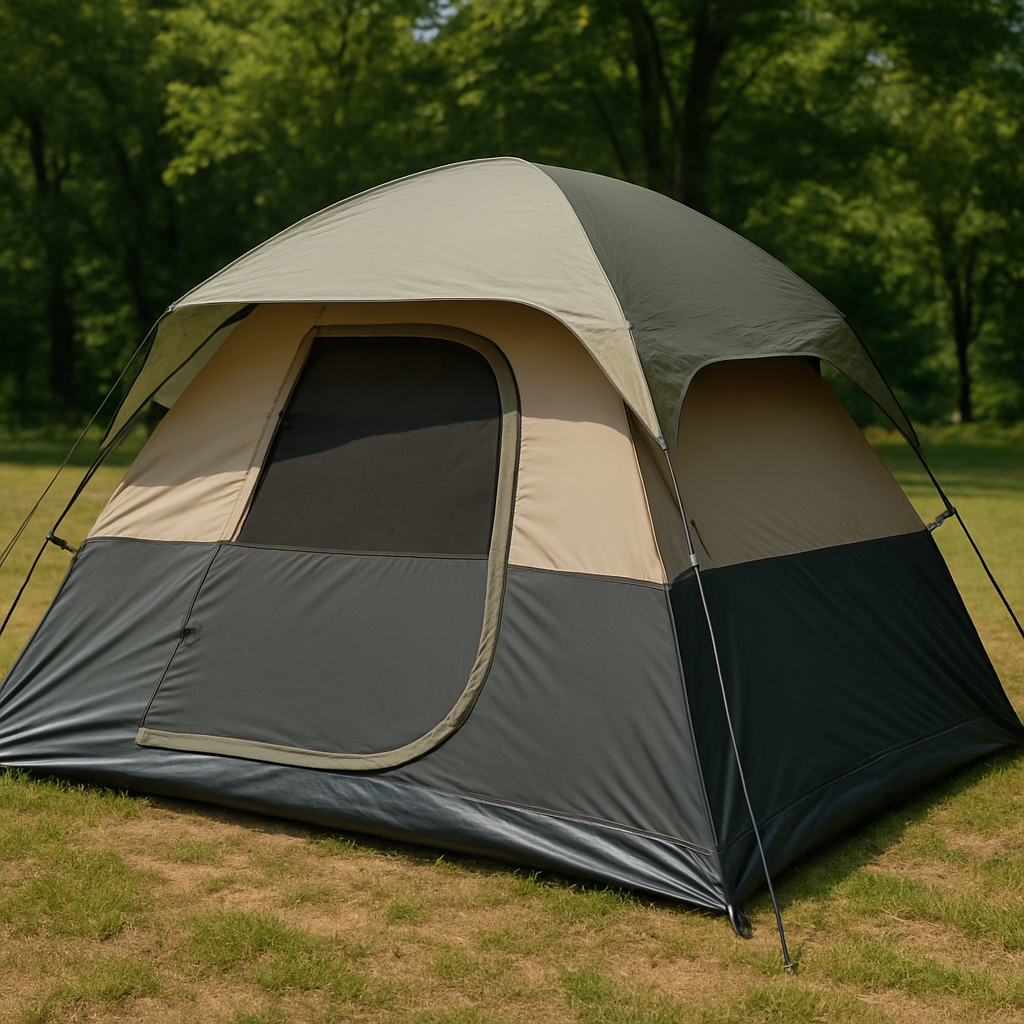As outdoor living becomes a year-round lifestyle for many, vinyl canopy material is dominating the 2025 market. Praised for its resistance to UV rays, mildew, and water, this material is a top choice for awnings, rooftop tents, and outdoor covers. However, the rise in popularity has brought a surge in counterfeit products, leading to real safety and performance concerns for users.
Why Vinyl Canopy Material Is the 2025 Favorite
According to a Q1 report from Outdoor Retail Metrics, sales of canopies made from premium vinyl-coated polyester grew by over 18% compared to the same period in 2024. Users favor vinyl canopy material for its:
- Excellent UV protection (up to 99%)
- High tensile strength (resisting tearing in wind)
- Long lifespan (typically 5–10 years with care)
- Resistance to mold and saltwater
Top brands use marine-grade, 18-ounce double-laminated vinyl that stands up to harsh conditions, making it ideal for long-term sun or rain exposure.

The Rise of Fake Vinyl: What You Need to Know
Fake vinyl is often a thin PVC blend or polyethylene coated with a vinyl-like surface. While it may look similar, it lacks durability and fire resistance. These counterfeit canopies may:
- Crack or fade within one season
- Leak under light rain
- Tear under minor wind stress
- Fail fire retardancy standards
The U.S. Consumer Product Safety Commission (CPSC) warns consumers to verify labeling, especially for products sold online without certification. In 2024, several substandard imports were removed from Amazon and eBay after failing material tests.
Protecting Your Investment
To ensure you’re buying authentic vinyl canopy material, look for certifications such as:
- CPAI-84 (flame-retardant standard)
- UV resistance ratings
- Brand transparency on thickness (oz) and coating
Sources:LOOK Our Way
Return to the Outdoor Observer homepage for more outdoor articles



